Almost everyone has seen this year's Mac Pro. While its previous generation earned comparisons to a trash can from some, the current one is being compared to a cheese grater. In the flood of jokes and complaints about the appearance or the high price of the computer, unfortunately, news about its features or who it is intended for disappear.
Apple doesn't just make products that it wants to spread to the widest possible range of users. Part of its portfolio also targets professionals from all possible fields. The Mac Pro product line is also intended for them. But their release was preceded by the era of Power Macs - today we remember the G5 model.
Respectable performance in an unconventional body
The Power Mac G5 was successfully produced and sold between 2003 and 2006. Like the latest Mac Pro, it was introduced as "One More Thing" at WWDC in June. It was introduced by none other than Steve Jobs himself, who promised during the presentation that one more model with a 3GHz processor would come within twelve months. But this never happened and the maximum in this direction was 2,7 GHz after three years. The Power Mac G5 was divided into a total of three models with different functions and performance, and compared to its predecessor, the Power Mac G4, it was characterized by a somewhat larger design.
The design of the Power Mac G5 was very similar to the new Mac Pro, and even it did not escape comparisons to a cheese grater at the time. The price started at less than two thousand dollars. The Power Mac G5 was not only Apple's fastest computer at the time, but also the world's first 64-bit personal computer. Its performance was truly admirable – Apple boasted, for example, that Photoshop ran twice as fast on it as on the fastest PCs.
The Power Mac G5 was equipped with a dual-core processor (2x dual-core in the case of the highest configuration) PowerPC G5 with a frequency from 1,6 to 2,7 GHz (depending on the specific model). Its internal equipment further consisted of NVIDIA GeForceFX 5200 Ultra, GeForce 6800 Ultra DDL graphics, ATI Radeon 9600 Pro, or Radeon 9800 Pro with 64 (depending on the model) and 256 or 512MB of DDR RAM. The computer was designed by Apple's chief designer, Jony Ive.
Nobody is perfect
Few technological innovations go without problems, and the Power Mac G5 was no exception. Owners of some models had to deal with, for example, noise and overheating, but the versions with water cooling did not have these problems. Other, less common issues included occasional boot issues, fan error messages, or unusual noises such as humming, whistling, and buzzing.
The highest configuration for professionals
The price in the highest configuration was twice as high as the price of the base model. The high-end Power Mac G5 was equipped with 2x dual-core 2,5GHz PowerPC G5 processors and each of the processors had a 1,5GHz system bus. Its 250GB SATA hard drive was capable of 7200 rpm, and the graphics were handled by a GeForce 6600 256MB card.
All three models were equipped with DVD±RW, DVD+R DL 16x Super Drive and 512MB DDR2 533 MHz memory.
The Power Mac G5 went on sale on June 23, 2003. It was the first Apple computer to be sold with two USB 2.0 ports, and the aforementioned Jony Ive not only designed the exterior, but also the interior of the computer.
The sale ended in early August 2006, when the Mac Pro era began.
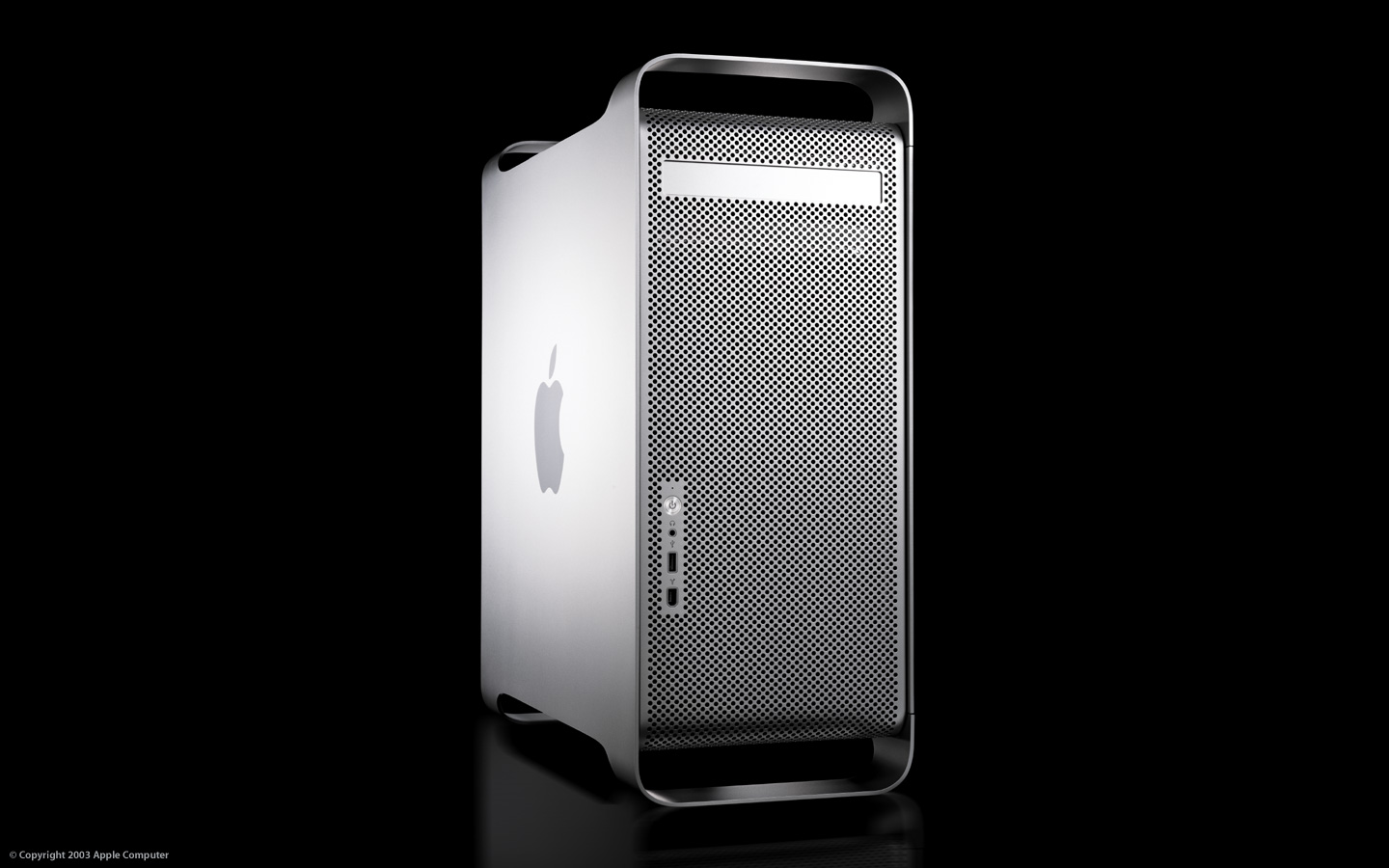
Source: Cult of Mac (1, 2), Apple.com (via Wayback Machine), Mac Stories, Apple Newsroom, CNet
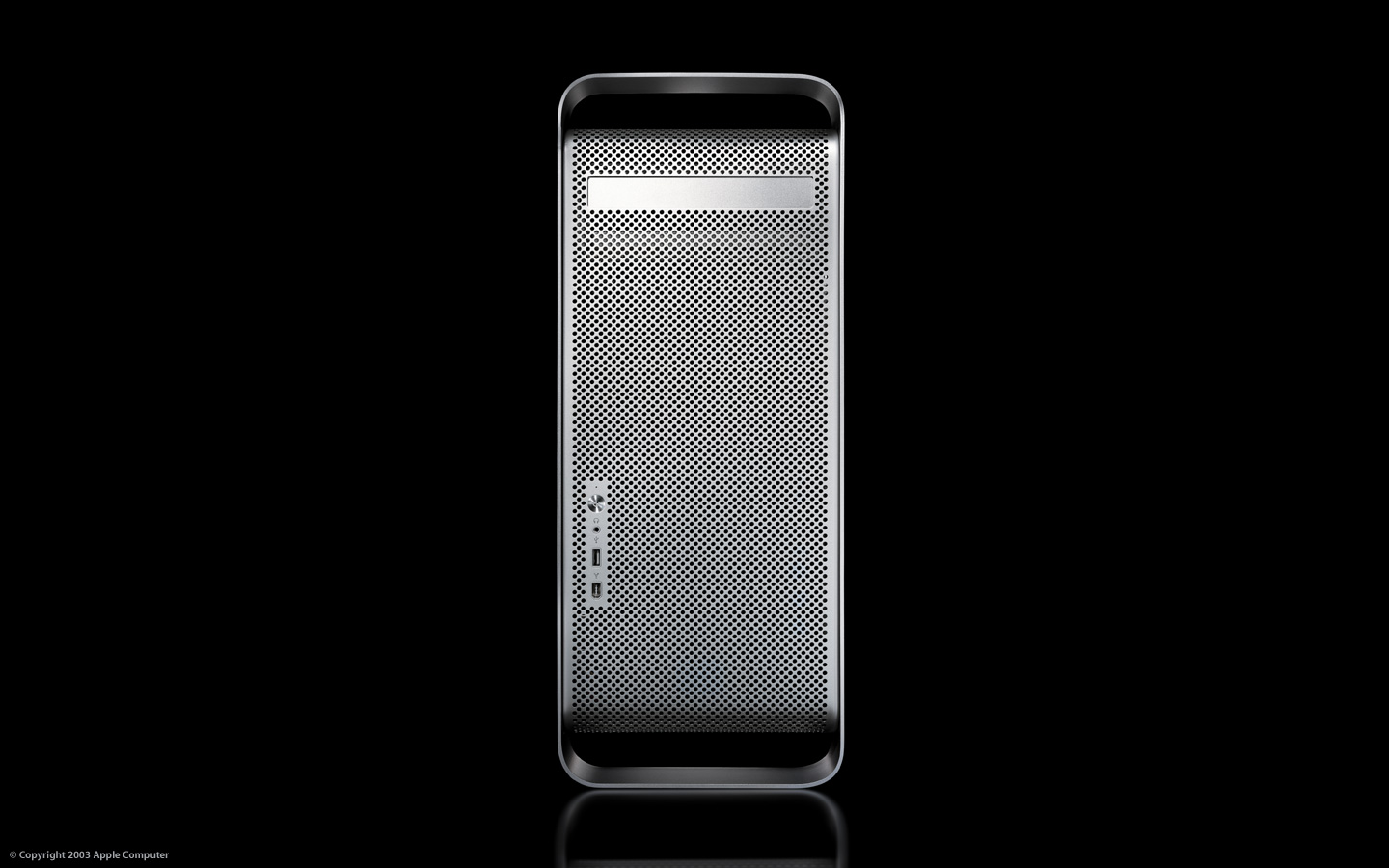
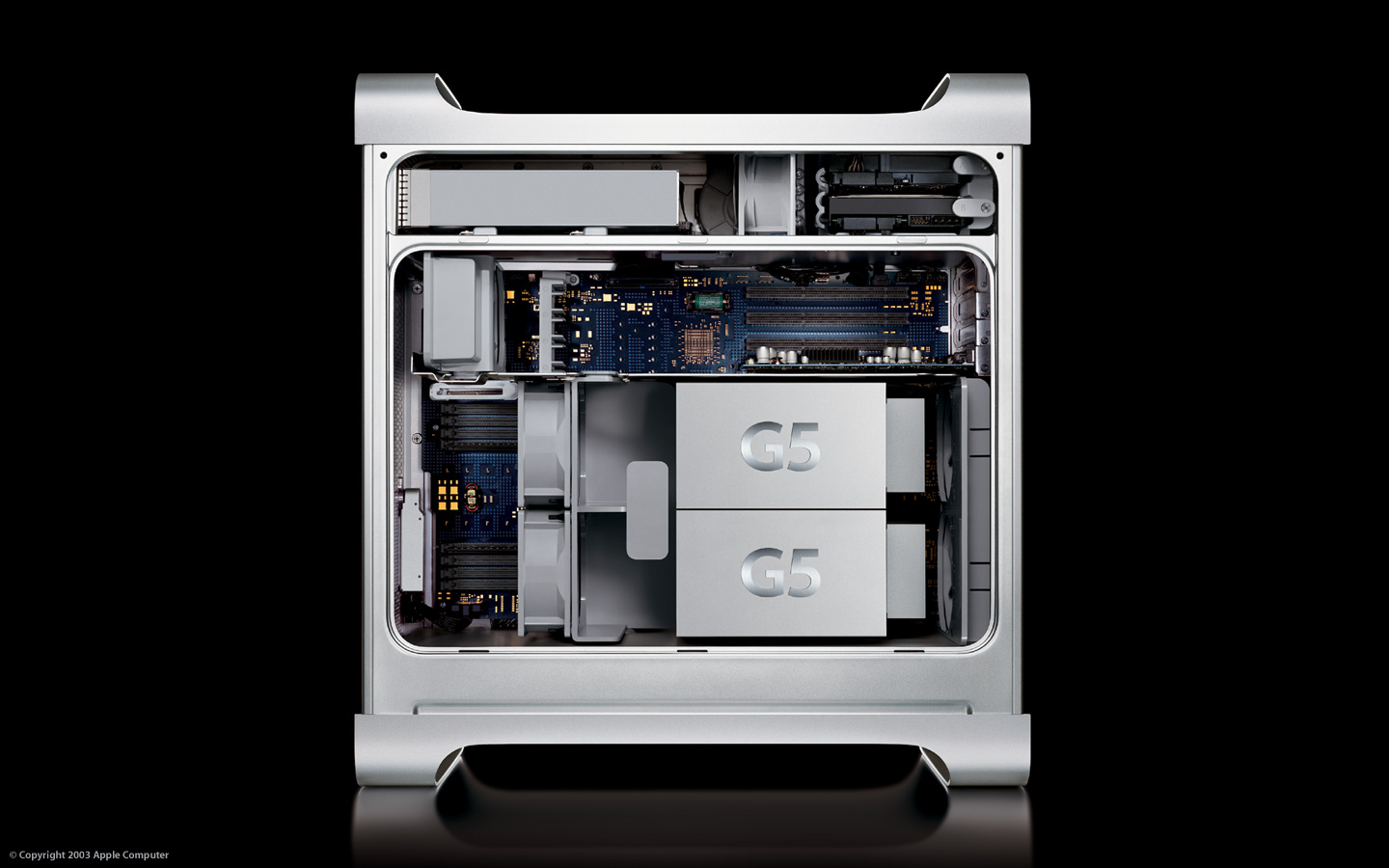

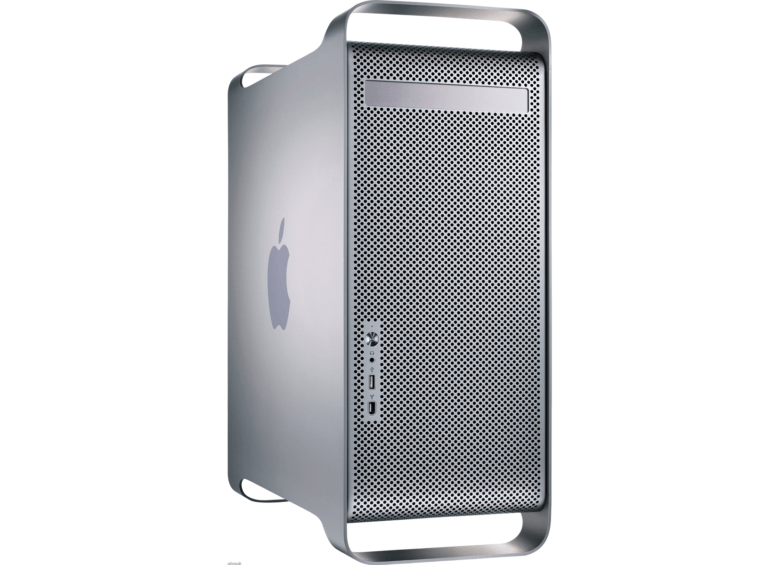
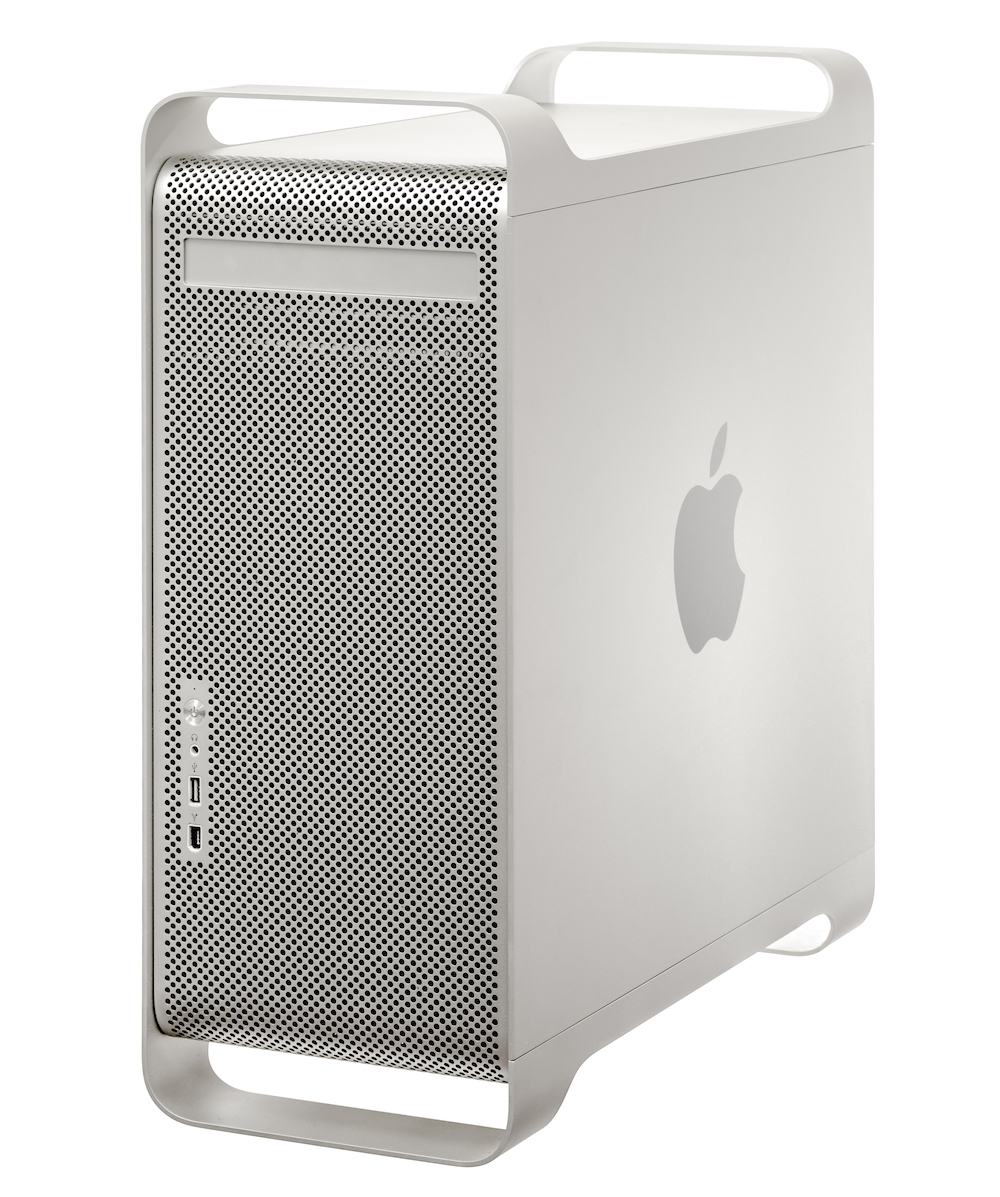
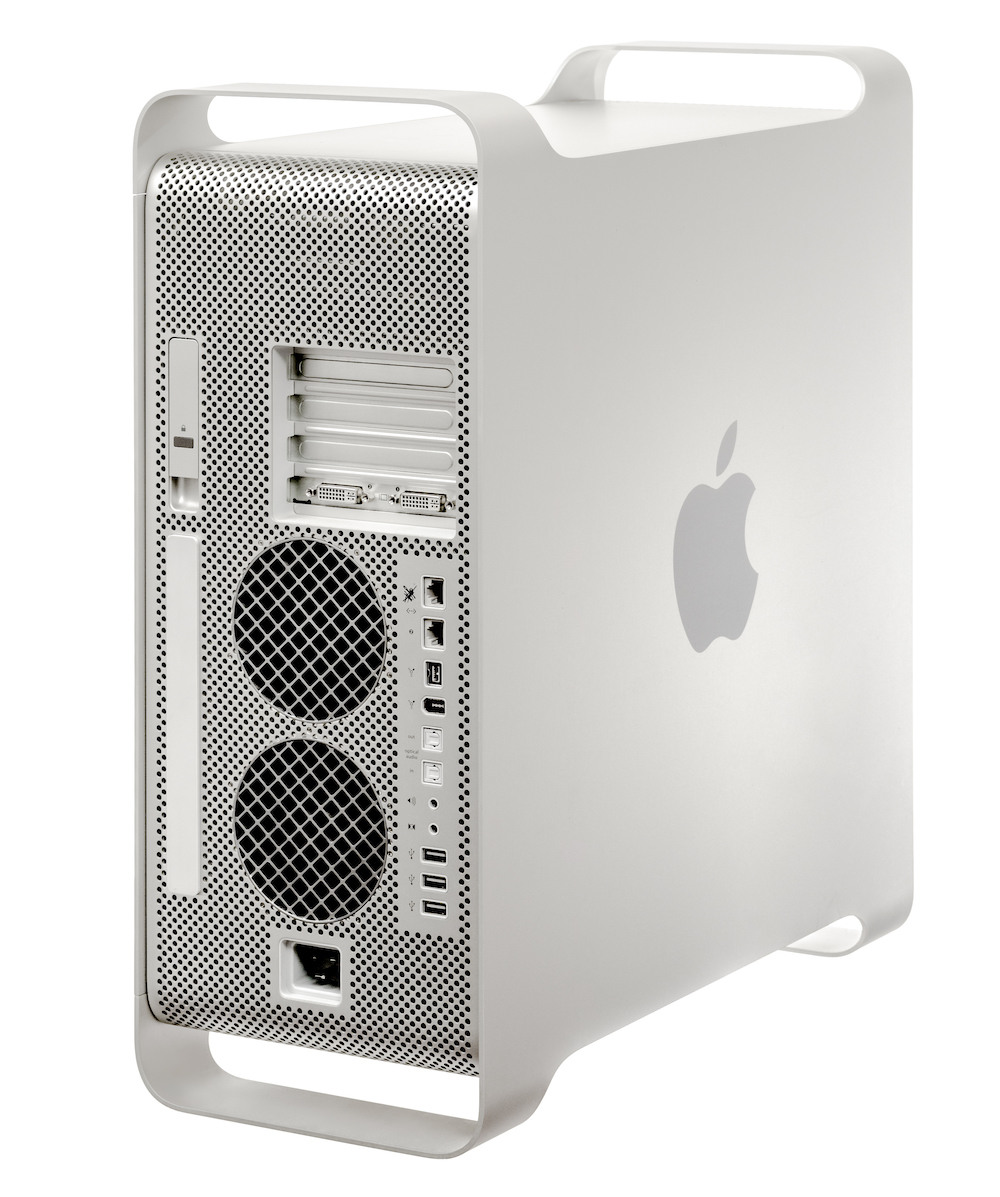
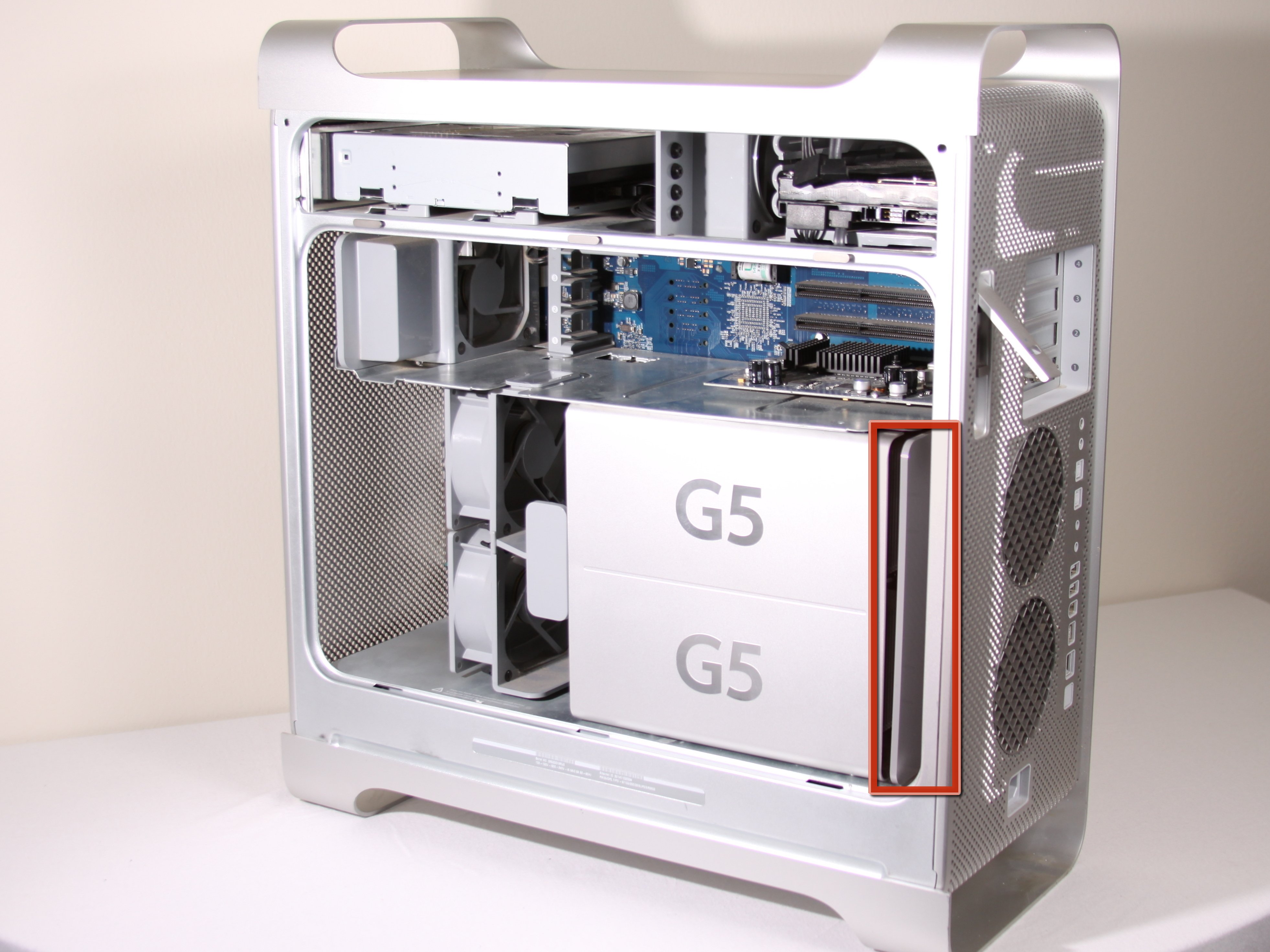
It was a powerful, reliable and beautiful computer. I had it from 2005 to 2010. There was absolutely no problem with it during that time.